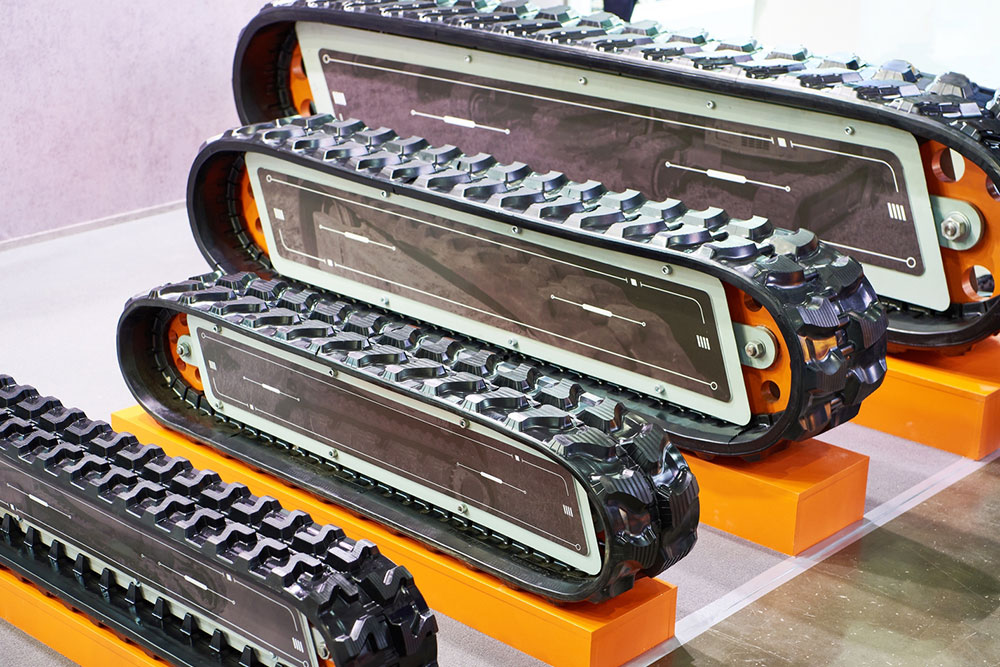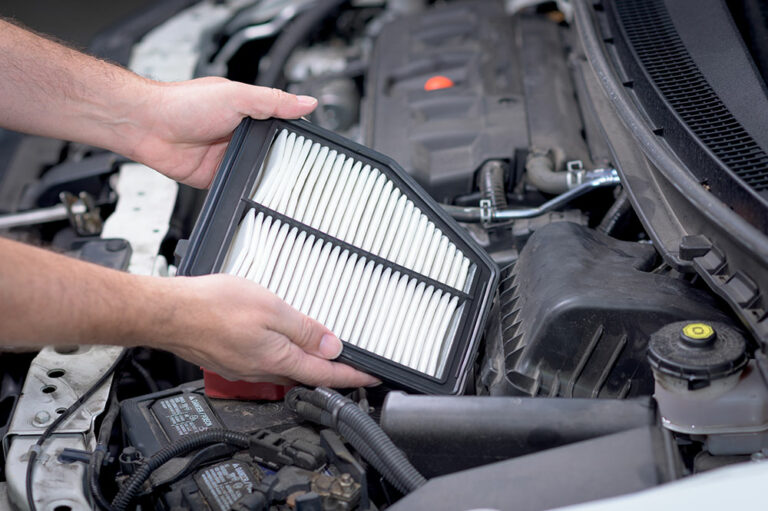Rubber tracks – Types, uses, and cost

Moving systems, like agricultural, construction, and automotive machinery, use tracks to ensure machine stability. Movement in machine components is optimized with the help of these tracks, which are transmission belts typically made from rubber, metal, or fiber. Rubber tracks, however, can offer quieter operation. This is why they have become popular alternatives to steel tracks for both large and small equipment. Here is what one should know about rubber tracks:
Common types and uses
1. Mini excavator tracks
Rubber tracks work for most mini excavators, helping improve traction, floatation, and operator comfort. In addition, excavator tracks can better bear the load of the machinery in comparison to tires, which lets the excavator transport more materials. So, these rubber tracks are designed for excavators, which are typically used in construction and mining. The use of tracks here makes the excavators last longer, reducing the need for repairs and replacements.
2. Compact track loader tracks
Compact track loaders (CTLs) are machines used in home construction, landscaping, agricultural industries, and road building. They rely on sturdy rubber tracks to operate in wet areas and off-road while ferrying heavy materials.
3. Multi-terrain loader (MTL) tracks
Multi-terrain loaders (MTL) are beneficial for industrial machinery, as they feature a suspended undercarriage design that enables machine operators to work in extreme conditions and delicate terrain. MTL rubber tracks create low ground pressure, making them suitable for use on finished surfaces.
4. Agricultural tracks
The most reliable agricultural tracks are designed to be rugged to handle most ground and weather conditions. Such tracks can handle constant usage and heavy loads while accommodating a comfortable ride. Agricultural tracks from premium brands are designed to be installed on various tractors and other farm-related machinery. Such tracks may also come with improved traditional surface areas, which makes them suitable for wet weather work. They also prevent skidding and reduce power loss and fuel consumption.
Cost
The cost of a rubber track could range from a few hundred to thousands of dollars. Factors that could influence the price include the brand, material, and location of the business. Other factors that may affect the price are the size and type of machinery. For instance, rubber tracks for a mini excavator could cost anywhere between $500 and $1,000, depending on the size, brand, and quality. One should compare all available options before making a purchase.










